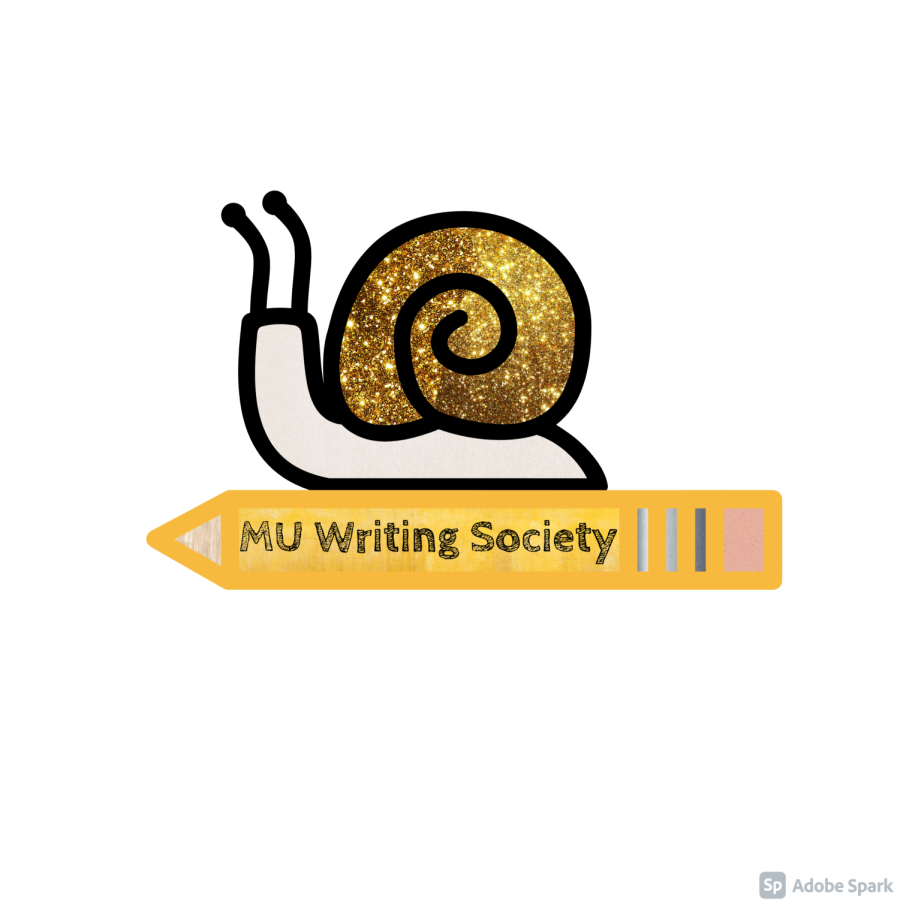
The traditional textbook is on its way out the door. In its place is the new sleeker, cheaper e-book.
M. Ryan Haley is an associate professor of economics at the University of Wisconsin-Oshkosh, but he is also a successful eTextbook publisher.
Haley recently started CoreTxt Plus Inc., his own independent textbook publishing company, and he is currently distributing free, introductory statistic textbooks to Oshkosh students.
“I got the idea back in ’08 and ’09,” Haley said. “The idea was to find a way to circumvent the publishing houses and how they kept putting out new editions way more frequently than they needed to. All the introductory level statistics classes aren’t changing a lot — 95 percent of the books have been full of concepts that have been the same for hundreds of years, so it isn’t necessary to make a new edition every few years.”
Haley said he and the rest of CoreTxt Plus Inc. have received outstanding reviews from both the students and faculty and are hoping to expand their offerings to cover more introductory courses. To do this, Haley uses an open-source program known as LaTeX.
“It allows a single person to have as much power as a publishing house has,” Haley said.
Haley is creating and utilizing simple e-books, which, at their core, are just .pdf files.
Jon Pray, associate vice president for educational technology, is the person in charge of researching e-books at Marquette. Pray knows from experience that the field is constantly changing.
“It’s such a changing landscape,” Pray said. “It’s really just sort of a Wild West … It’s like every two weeks this stuff changes.”
The simple e-books of today are a trend, but Pray predicts they are just the beginning of the revolution.
Follett Higher Education Group is one of the companies doing e-book publishing.
In its 2011 report, the group predicted that paperback textbooks will continue to dominate the market for the next two to five years, but in the next five to seven years they predict standard textbook sales will drop to half of what they currently are.
Pray said by the time today’s high school freshmen are choosing a college to attend, eTextbooks will be standard practice.
“I’m going to imagine that three to five years from now this is going to be pretty commonplace,” Pray said. “Although we haven’t done any hard surveys here, what you read in the press is most college students today would still rather have a printed book. … But if you go back to the high schools or the middle schools, students are all working with online textbooks. It’s cheap. It’s fast. It’s easy.”
However, before they truly take off and become the norm, Pray said the e-readers will have to become a lot more interesting and interactive.
“It’s just reading; it’s what we call flat text.” Pray said. “You can highlight it, you can leave yourself a note, but there is nothing terribly engaging or interactive about it. So I think the publishers are probably going to try to address that.”
Currently, BookMarq has seen an increase in the sale of digital content over the last academic year, but according to Pray’s committee’s report, sales figures are still quite low, at around 100 units.






